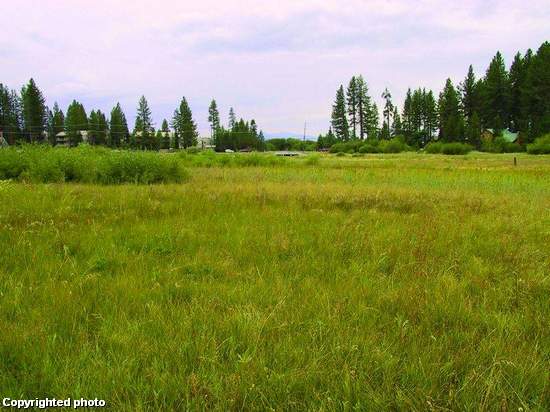|
|
 |
|
 |
 |
| News Details |
<< Back |
 |
Saving Snow Creek
29 June, 2000
Tahoe Basin
SAVING SNOW CREEK
Courtesy of http://www.sierrasun.com/article/20080926/NEWS/809269990&parentprofile=search
Written by: By Jim Sloan For the Sierra Sun
Friday, September 26, 2008
Jacqui Grandfield of Agate Bay drives by the Snow Creek wetland in Tahoe Vista several times a week, so she’s had a chance to admire the fruits of her labor. Unfortunately, so has the general public.
“This summer I noticed less wildlife using the area,” Grandfield said of the wetlands that she helped restore eight years ago while working under contract to the California Tahoe Conservancy. “That’s because it’s getting a lot more public use. That’s what happens when a natural area is restored like that. It’s pretty and nice and the wildlife start coming back … and so do the people.”
According to Joe Pepi, the stream environment zone and watershed coordinator for the conservancy, Snow Creek was one of the first stream-zone restoration projects to come out of the 1997 presidential summit at Lake Tahoe. Placer County, working with the conservancy, acquired the 37-acre parcel where Snow Creek churns into Lake Tahoe and set about returning it to a natural marsh that would help filter out sediment that fuels algae growth in Tahoe.
It was no easy job. For years, the swamp along Highway 28 had been used as a dumping ground for road-construction debris contaminated with gasoline and oil. More than four acres of material 6 feet deep had to be dug up and trucked out of the Tahoe Basin — an estimated 14,000 truckloads.
It was the largest wetland restoration project on the North Shore at the time, and required special attention to detail. For two years, seeds and plants were gathered from the site and germinated at a plant nursery at Washoe Lake run by the Nevada Division of Forestry. Willows and natural grass sod still growing on the site were salvaged so they could be replanted later. A nearby house was purchased by the conservancy and then was burned to the ground.
There were several other problems. Two streams that over the years had eroded and converged into one had to be separated and natural meanders returned to their routes. This would slow the water down, allow for natural flooding and reduce the amount of erosion. The work crews also had to figure out a way to revive the pond on the site. Although the existing pond was bigger than it was naturally — before the parcel was filled in with road dirt and construction debris — the water temperature was too hot to support fish and other aquatic life. Also, larger culverts had to be installed under North Lake Boulevard to prevent floods and allow more fish to move upstream into the pond. Some work had to be scheduled around the wildlife breeding season.
But even when the work was completed in 2001, nature still had to do her part, Grandfield said. Plants and animals needed to return. There needed to be an adequate runoff, but not so much that the area might flood. Bacteria and other organisms had to return to break down the sediment that was being held up before reaching the lake.
Today, by most accounts, the process has worked.
Pepi says Snow Creek was not the biggest wetlands project in the Basin but it was one of the most significant.
“It was very prominent because of its location along the highway,” Pepi said. “It was important that it be done right.
“The area has responded very well,” Pepi added. “The people living adjacent to it are very happy with it, too.”
The conservancy has since moved on to many other stream zone projects. There was plenty of work to do — in 2000, the conservancy estimated that up to 75 percent of the Tahoe Basin’s wetlands had been filled in, leaving many of the basin’s 63 sediment-laden streams a straight shot to the pristine water of the lake itself. So now the conservancy is focused on such places as Trout Creek and the Upper Truckee River in South Lake Tahoe and Rosewood, Incline and Third creeks on the North Shore.
Meanwhile, Snow Creek continues to do its job: hold back the runoff a little bit so some of the dirt and nutrients that can feed water-clouding algae in Lake Tahoe can settle out and get taken up by the sedges and other aquatic plants.
“Overall, I’m pleased with the project,” said Grandfield. “There are a couple of things we could have done better — the two streams could use a little more meander — but all in all it works and the wetland now has time to clean the water. The wildlife has a place to go.” But humans, Grandfield said, should respect that.
“Humans should be the better animal,” she said. “Wildlife have only so many places they can go but we can choose where we can go. And we should stay out of places where the wildlife belong.”
|
|
| |
|
|
|
 |
 |
|
 |
|
|
|